When it comes to keeping saltwater fish in your fish tank, you may well have lots of confusion about what is the coolest saltwater aquarium fish this question.
Content Table
Throughout this article, you will get a glimpse of the different coolest saltwater aquarium fish. Here lists the seven coolest saltwater fish, as a reference for your start marine fish.
Dottybacks
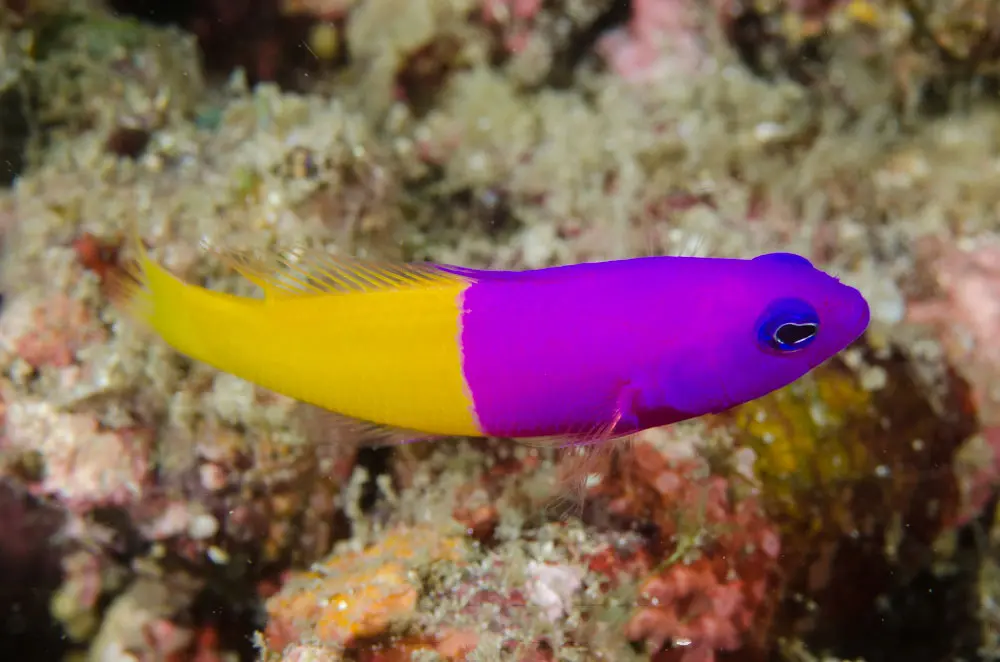
For large tank
Dottybacks are aggressive and territorial. You must have a large fish tank to keep them but they can also live in a smaller tank. Although they are fairly low-maintenance fish, they require a mature saltwater aquarium with ample hiding places. Their immune system helps them withstand a variety of water conditions, including disease outbreaks. They grow to an average size and belong to the Pseudochromidae family, which includes over 100 species.
A dottyback is a colorful and attractive saltwater species that looks amazing in any marine tank. Its half-purple and half-yellow body give it a striking contrast to any marine tank. While they may appear innocent, this critter can be very aggressive and pick on smaller fish and invertebrates. Because of this, it is not a good idea to keep them in a small aquarium with sensitive fish species.
Dottyback species profiles
Dottybacks are small, aggressive, and hardy saltwater aquarium fish. Their distinctive swimming patterns make them ideal starter fish for beginners. The smallest of the species, dottybacks are capable of thriving in a 30-gallon tank, but be prepared for territoriality and aggressive behavior. Besides their aggressive and territorial behavior, these fish also need a healthy diet. They are best fed meaty foods and preferably large rock formations for hiding.
Although dottybacks can be aggressive, they do well in a community tank or reef environment. They are good tankmates if you have live rock in your tank and provide them with a cave or crevice to hide in. Dottybacks do well in tanks with other peaceful fish but keep them separate from conspecifics.
Green Chromis
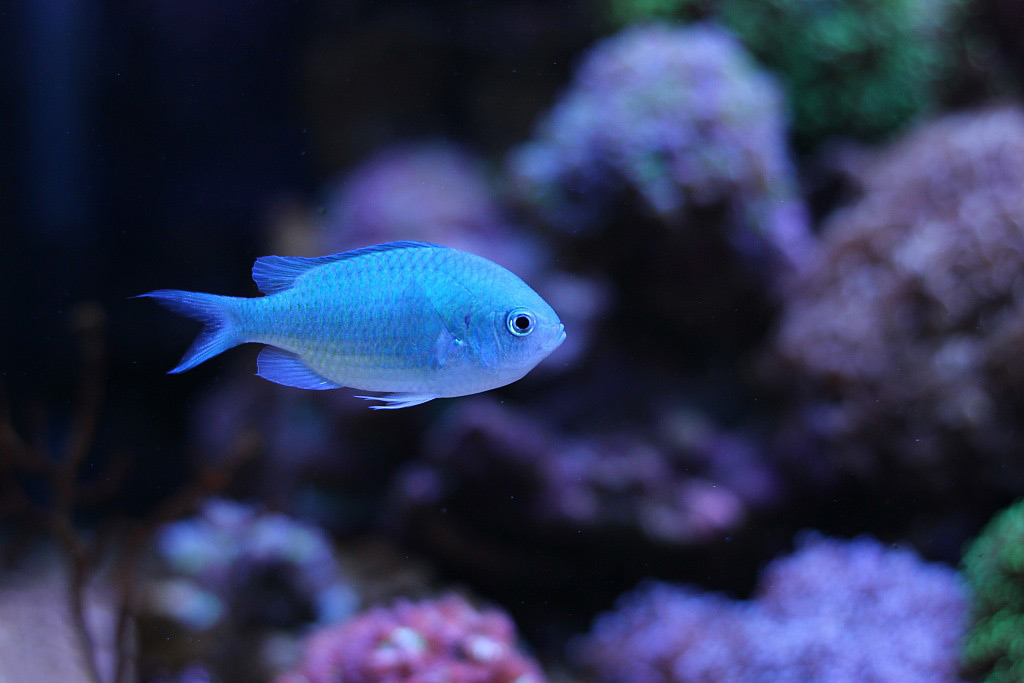
For 30 to 60-gallon fish tank
A school of green chromis is a great addition to your aquarium and will thrive in a well-lit space. These hardy fish can be kept in 30 to 60-gallon tanks. While they can live happily in large groups, they should be kept in loose formation so that can swim around freely. They are active during the night, so they should be kept in a tank with good blue lighting.
Despite their aggressive nature, the Green Chromis can be a friendly addition to any community aquarium. They tend to hang out in the upper water column and enjoy swimming around corals and rock formations. As a result, they are great for reef aquariums. They are reef-safe and are compatible with other fish. However, it is important to keep them away from larger fish.
Chromis profiles
Green Chromis are excellent eaters. They can eat almost any type of food, and will happily eat frozen Krill or Mysis shrimp. In addition to their preferred diet, you can also give them liquid vitamins or supplement them with finely cut vegetables. The amount of food you feed chromis will depend on the size of your aquarium. It is best to feed them 3 times daily.
The Blue Green Chromis prefers to live in small groups. The majority of these fish prefer a peaceful environment and will be compatible with many other species of peaceful saltwater animals. Be careful not to keep them with large fish or eels because they will overpower them. If you don’t want to deal with that, keep them in groups of at least six. When you have enough space, a group of green chromis can live happily and peacefully in groups.
Six Line Wrasse
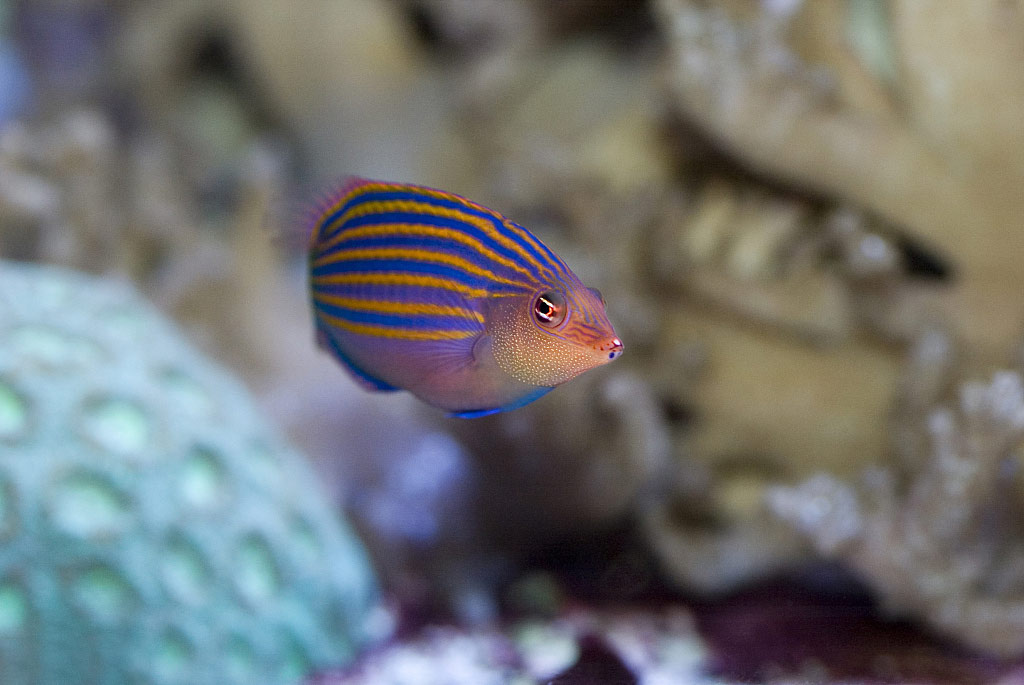
If you’re looking for the coolest saltwater aquarium fish for your tank, the six-line wrasse is the one to go for. Known for their bright red and black stripes, these fish are also quite aggressive. They may swoop down and charge at their tankmates, so you’ll want to keep six-line wrasse in pairs. The wrasse is generally harmless, you may want to introduce them to your tank at the end of your aquarium setup.
The Six Line Wrasse is one of the most popular aquarium fish. It’s not a hard fish to keep, as they leave corals and invertebrates alone. However, they can get rowdy if you add too many new fish. But aside from the fish’s cool colors, this is easy to handle. Getting it to thrive in your tank will require careful feeding and a few other tools.
Wrasse profiles
The six line wrasse is a protogynous hermaphrodite. This means that it is born as a female and transitions to a male as it grows older. However, in an aquarium setting, it is unlikely to transition to a male. That’s why it’s best to introduce this fish into a community tank after other fish. Six-line wrasse can live up to five years in the right conditions.
Aside from being one of the coolest saltwater aquarium fish, the six-line wrasse can be a nuisance if you are not careful. They will fight other fish in the tank and can turn the aquarium into a pest-infested mess overnight. However, this doesn’t mean that they’re unfriendly – they just want to eat whatever’s in their mouth.
Ocellaris
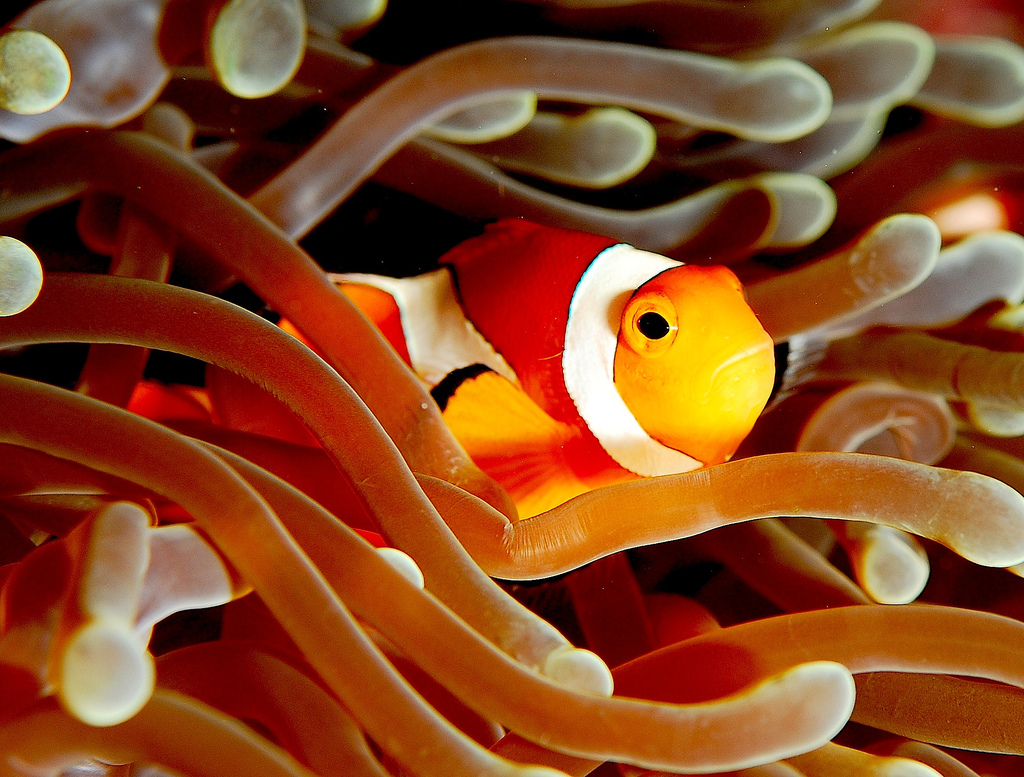
Ocellaris profiles
If you’ve ever wondered why Ocellaris clownfish are so colorful, you should know that they were once transparent larvae. Their eggs hatch in eight to ten days, depending on the water temperature. After hatching, Ocellaris clownfish swim toward the surface of the ocean, feeding on plankton. A couple of weeks later, they undergo a metamorphosis and turn into vibrant, multicolored fish.
Aside from their wacky appearance, Ocellaris clownfish are easy to feed. Their omnivorous diet means that they accept almost any type of food, including meat. A good diet for Ocellaris should consist of a mix of marine flake food and other live and frozen foods. Ocellaris clownfish like algae in their aquarium, so make sure that the tank is planted with some algae. Feeding time should be between three and four times daily.
Ocellaris behavior
As far as tank mates go, the Ocellaris Clownfish is one of the coolest saltwater aquarium fish. They are easy to care for and will do well in caves and rocky overhangs. Although they are not the most desirable fish to keep as a first fish, they will make great pets and add a lot of color to your tank. They don’t tend to eat coral, but they will happily munch on small ornamental shrimp and crustaceans.
Ocellaris clownfish are generally peaceful with non-clownfish tankmates. However, larger fish may attack them. They feed primarily on algae and plankton but also eat leftovers from anemones. It is important to know about these fish’s behavior, or else you could end up with an unpleasant situation. You can also learn more about the different species of clownfish by reading up on the different facts about their behavior and habits in aquariums.
Neon Goby Fish
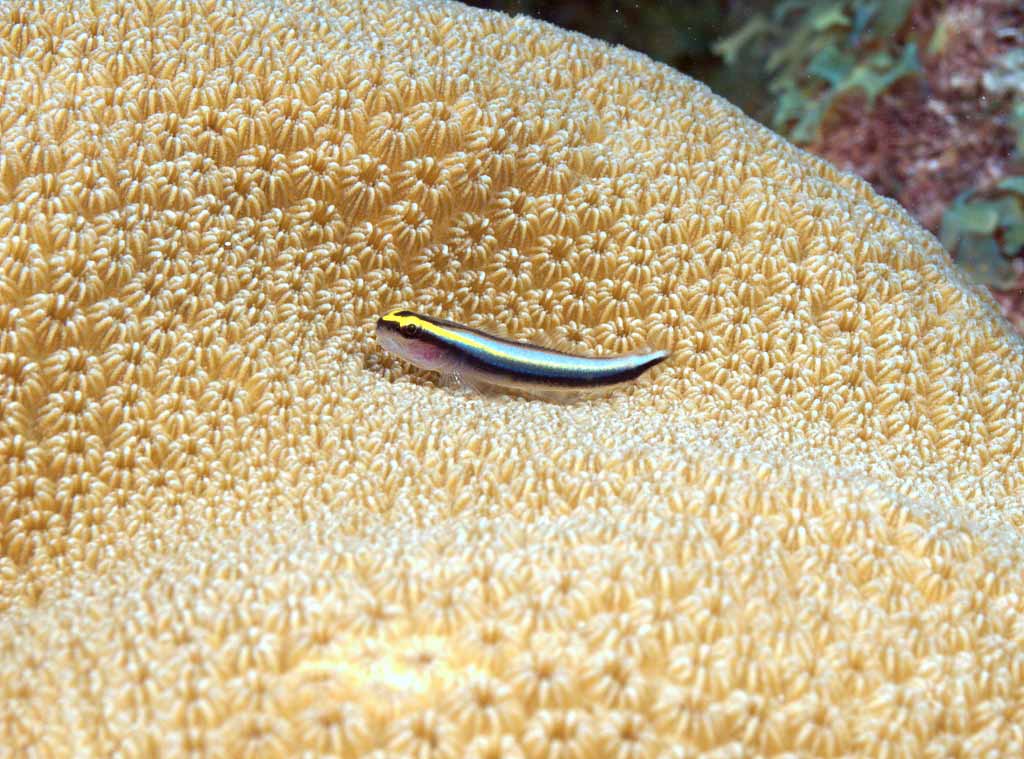
Community fish
The neon goby is a species of goby native to the Gulf and Atlantic coasts of North America. They live in waters from Florida to Belize, and are typically found on coral heads at depths of 1 to 45 meters. You can buy neon gobies for aquariums in many colors. If you’re unsure whether it is a good fish for your tank, check the species’ habitat before buying it.
This species is usually seen in pairs or groups of 30 or more. They make good community fish and are not aggressive toward other species. However, they will establish territories and set up cleaning stations. When other fish enter a particular cleaning station, they will let you know that they’re there. Their color will also change to signal their territory. You can keep Neon Gobies with other small to medium-sized fish, corals, and invertebrates in your fish tank.
Captivity spawn fish
The neon goby is the first marine fish to spawn in captivity and has been bred by aquarium hobbyists for years. They spawn regularly in a 20-gallon tank, and you can rear the fry for up to 6 months after the eggs hatch. Female neon gobies lay demersal eggs and the eggs can also be raised in a separate tank on a small diameter plastic pipe.
Percula Clownfish
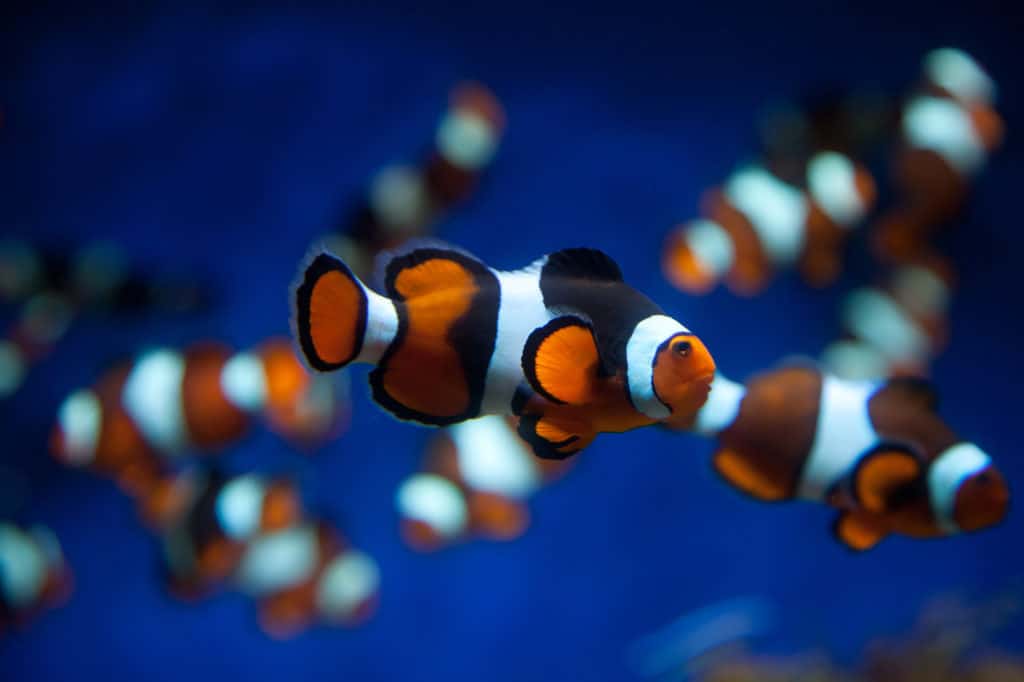
Percula Clownfish lifespan
True Percula Clownfish are hardy in captivity, surviving up to 20 years and more for females. Their hardiness makes them suitable for beginner and intermediate aquarium owners. Unlike other clownfish, they rarely suffer from infections and are immune to most types of bacteria. If they do suffer from an infection, they can be treated successfully with copper drugs. If not, the fish can be reared in captivity.
This species is an omnivorous feeder, eating algae, shrimp, planktonic fish eggs, and polychaete worms. They will also feed on meaty foods and occasionally eat fish flakes. Percula clownfish prefer caves or flat rocks to living in, and they can tolerate both freshwater and saltwater tanks. They also like frozen or live treats. But, as an omnivore, they aren’t fussy.
While Percula clownfish can be a tad bit finicky and difficult to raise, captive-bred species should be safe from diseases. Despite being an extremely beautiful addition to the reef aquarium, sea anemones are harder to maintain than a typical clownfish. Choosing an appropriate tank size for these animals can help reduce the risk of parasitic infection. And, the species will probably outlive any other fish in your tank.
Percula Complex
The Percula Clownfish is one of two species of the Percula Complex. Its close cousin, the Ocellaris Clownfish, has a slightly different distribution in nature. The True Percula Clownfish has a thicker black edging around its entire white bands. This extends to the pectoral fins and the first two stripes on its back. However, the Ocellaris Clownfish does not have a darker dusting on its upper back.
Midas Blenny
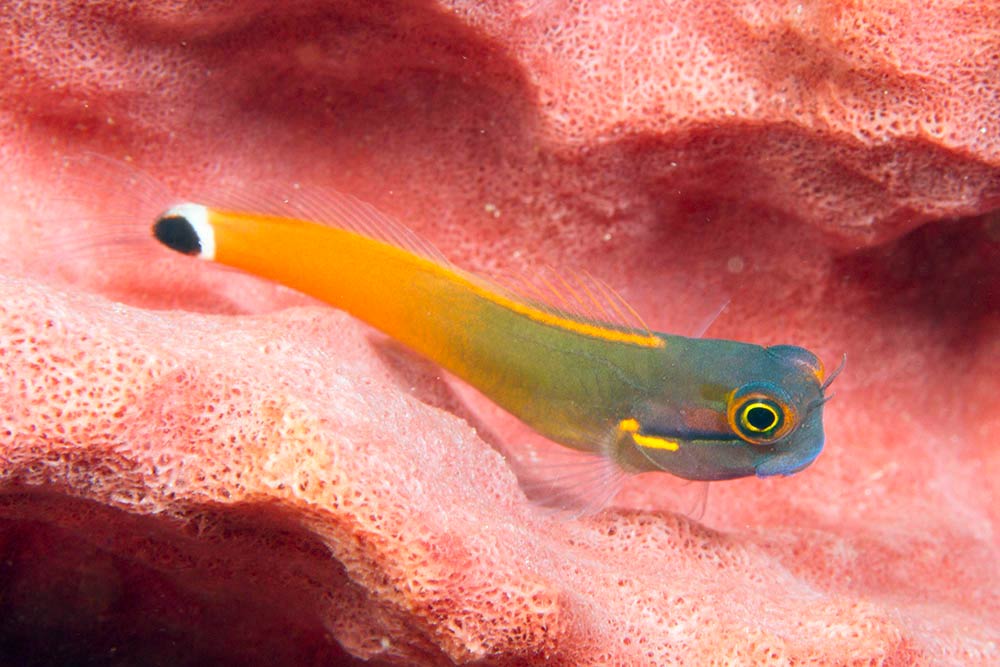
Midas Bslenny profiles
The Midas blenny, or the golden blenny, is a species of marine fish in the family Blenniidae. This beautiful and regal fish is a favorite among hobbyists and aquarium keepers alike. However, the story of Midas Blenny isn’t quite as well-known as some people would like. In this part, we’ll go over a few of the most important details about the fish.
The Midas blenny is a peaceful, non-aggressive species. They enjoy the company of smaller fish, but should never be kept with big predators or aggressive species. During acclimatization, the Midas blenny is sensitive to changes in PH and may change color. A dark, peaceful environment is essential for a peaceful aquarium. Midas Blenny enjoys exploring rock work.
Omnivorous fish
Midas blenny can be fed live or dried fish but is most often fed meaty foods. It can also eat algae-based foods or Formula Two. The blenny will readily accept floating foods, such as brine shrimp or mysid shrimp. Other foods suitable for feeding the Midas blenny include chopped-up clams, brine shrimp, and microalgae.
Keeping a Midas blenny requires careful attention to its nutritional requirements. This saltwater fish prefers plankton, but is also an omnivorous eater. It needs to be fed three times a day and prefers quality proteins such as meat and algae. However, the Midas blenny is usually peaceful in a community tank. A small tank can lead to aggressive behavior if it is crowded with other fish.

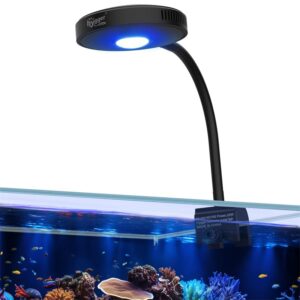
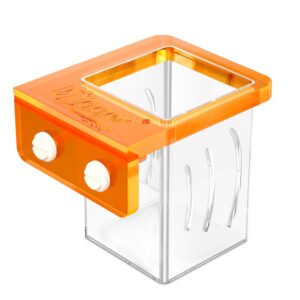
Leave a comment